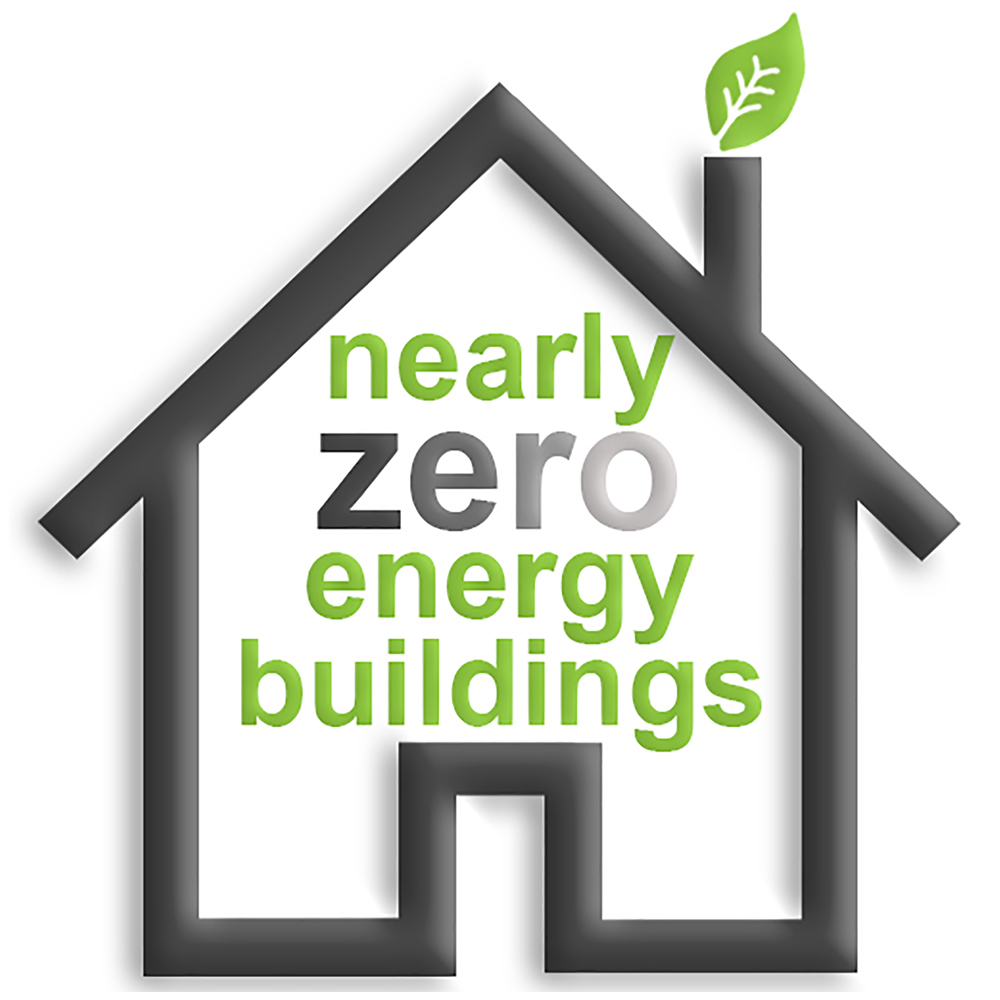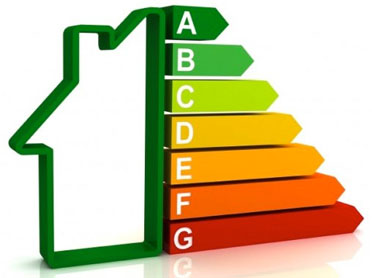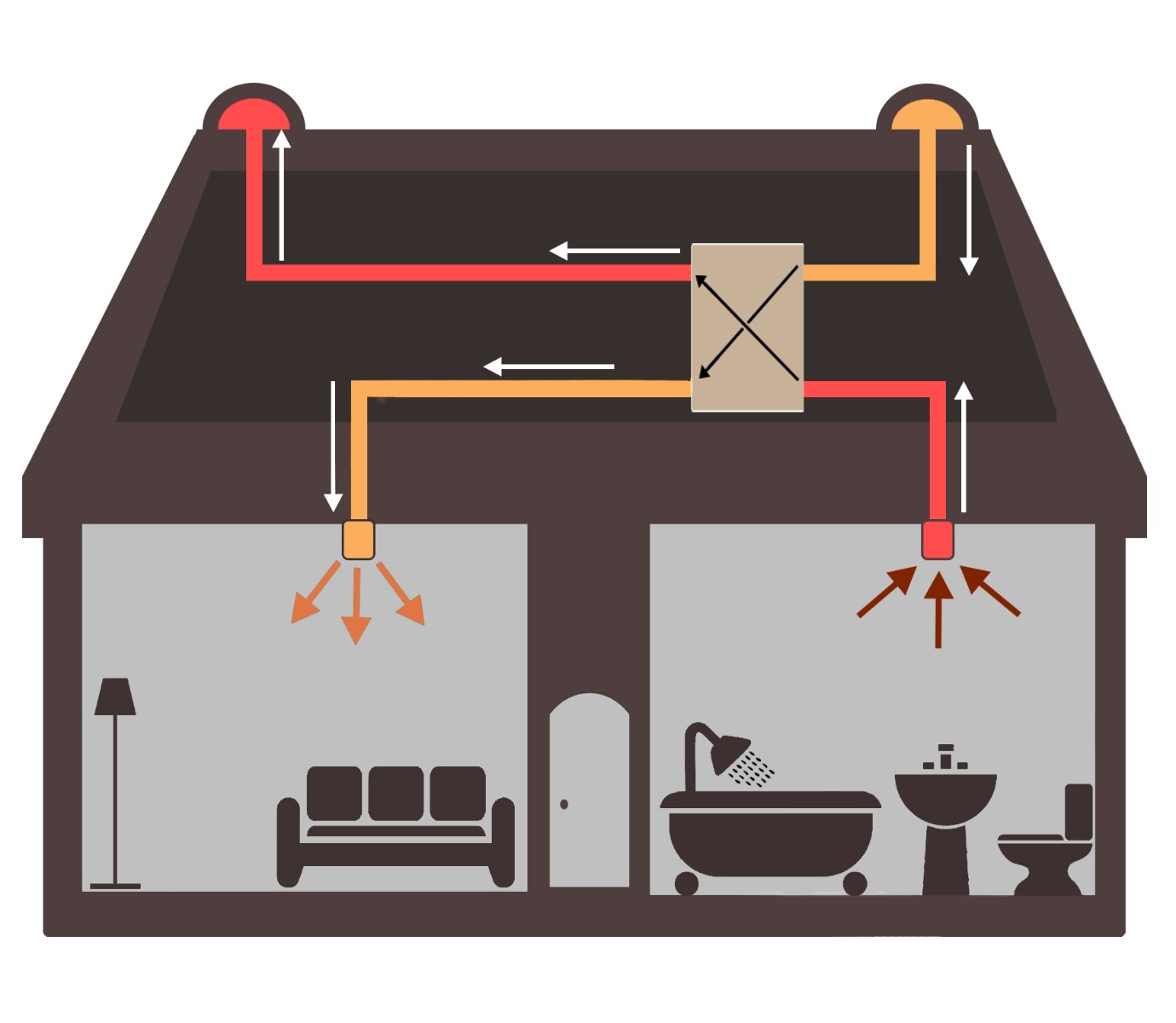nZEB - Nearly Zero Energy Buildings
A nZEB is a ‘Nearly Zero Energy Building’, but you might be wondering - what exactly is an nZEB? It is a building that has a very high energy performance. At least 20% of the nearly zero, or very low amount of energy that the building requires should be, by regulation, be sourced from renewable sources. These renewable sources must be produced on site or nearby.
The idea is not necessarily to ‘save’ energy, but to have a balance between heating and cooling within the home with the outcome to increase indoor air quality.
When does nZEB come in to affect?
nZEB must apply to new dwellings that commence construction from 1

A nZEB is a ‘Nearly Zero Energy Building’, but you might be wondering - what exactly is an nZEB? It is a building that has a very high energy performance. At least 20% of the nearly zero, or very low amount of energy that the building requires should be, by regulation, be sourced from renewable sources. These renewable sources must be produced on site or nearby.
The idea is not necessarily to ‘save’ energy, but to have a balance between heating and cooling within the home with the outcome to increase indoor air quality.
When does nZEB come in to affect?
nZEB must apply to new dwellings that commence construction from 1st of November 2019, this is subject to transition. Transitional arrangement can be used where planning approval or planning permission has been applied for on or before 31st October 2019 and if completion is met within 1 year.

By 2020 Ireland will have stricter Energy Performance Coefficient (EPC) and Carbon Performance Coefficient (CPC).
All new buildings by the end of 2020 are required to be nearly zero energy, this is a requirement by The Energy performance of Buildings Directive. In 2018 it was required that all new public buildings are nearly zero-energy. The Department of Communities and Local Government (DCLG) has confirmed that the nearly zero energy building (NZEB) standard imposed by the European Commission will be included in building regulations for 2020.
BER Scheme
nZEB is rated by the BER scheme, a BER is a Building Energy Rating Certificate that indicates your buildings energy performance. The rating is a simple A to G scale, A-rated home are the most energy efficient, and the higher the BER rating, the lower the energy bills. A BER rating is valid for 10 years providing that there is no material change to the home that could have effect on the energy performance of the building. For a home that is being built, a provisional BER is valid for a maximum of 2 years.
BER is calculated on the energy performance and is associated with the emissions of carbon dioxide for the provision of space heating, ventilation, water heating and lighting. Dimensions, orientation, insulated, space and hot water efficiencies are all used in the calculation, it has nothing to do with the occupants in the dwelling. The energy performance is expressed as:
(a) Primary energy use per unit floor are per year (kWh/m2/yr) represented on an A to G scale; and
(b) Associated Carbon Dioxide (CO2) emissions in kgCO2/m2/yr
A BER rating doesn’t include electricity used for purposes other than heating, lighting, pumps and fans. This means that the energy used for electrical appliances included fridge’s, cookers, washing machines and TV is excluded.

What is the difference in Passive House and nZEB?
Nearly Zero Energy Building (nZEB), by definition, is
‘a building that has a very high energy performance where the nearly zero or very low amount of energy required should be covered to a very significant extent by energy from renewable sources including energy from renewable sources produced on-site or nearby’.
- Irish Green Building Council
But, a Passive House building, by definition, is
‘a building, for which thermal comfort (ISO 7730) can be achieved solely by post-heating or post-cooling of the fresh air mass, which is required to achieve sufficient indoor air quality conditions – without the need for additional recirculation of air.’
- Passipedia, The Passive House Resource
Although both Passive House and nZEB regulations are focused on conserving energy, they are not quite the same which can create confusion. One main difference is that nZEB is a legal requirement under the EU directive. nZEB works to naturally reduce energy and the objective is produce as much energy as is consumed. This energy generation is not an aspect of Passive Houses. Passive house requirements focus on energy reduction and the use of renewable sources.
Ventilation in a NZEB
The requirements for low energy cannot overlook the need and importance of healthy homes. A healthy home will have good air quality and low risk of condensation. This is especially important as we move towards homes and that are highly insulated, tightly sealed and cause homes to be possibly under ventilated and overheated – this is where is I hugely important to have a mechanical ventilation system.
Ventilation with heat recovery is not only needed in nearly-zero energy buildings but it is essential to ensure good indoor air quality. The most important part of a NZEB house is the heating and cooling balance in the home. With homes becoming increasingly airtight, there are risks of the building overheating, and therefore cooling is just as important. Ventilation in an nZEB building is not yet a requirement, but it is fully recommended and may become a regulation requirement in the near future.
Along with ventilation, the air needs heated in winter and cooled in summer, this is why the heat recovery is introduced into the ventilation system. The heat recovery unit works by recovering the heat in the building and exchanging this heat into the new fresh filtered in the air. Heat recovery units also feature a summer by-pass where if building is warm enough the unit draws air directly from outside and by-passes the heat exchanger and prevents the building from overheating.

Our recommendations for ventilation in a nZEB
We recommend that you use the lowest ventilation option as there is no use in over ventilating and ensure your air changed are commissioned correctly, here at BPC we ensure your get the correct size of unit for your requirements. It is important to make sure that all ducts are fixed properly and tightly will ensure that your ventilation system is running to the optimum level that is should. You cannot risk lowering the ventilation below the needs of the building as this may have adverse effects on indoor air quality if a building is not being ventilated correctly.
Although an MVHR system will require very little maintenance it is important to regularly check your filters and change or clean if necessary as well as checking ducts, pipe and connections often to ensure that there are no leaks to ensure that there is nowhere that air can escape which may affect the performance of your system.
We recommend, especially for nZEB buildings, that you install a Geothermal Kit, find out more here. We also recommend the addition of a Quiet-Vent Duct Cooler which with help cool your home on warm days and prevent overheating, check out the Duct Cooler.
At BPC Ventilation we have a large range of mechanical ventilation heat recovery units for both domestic and commercial applications, from leading manufacturers including Vent Axia, Domus Ventilation, Caladair and Mitsubishi!
Contact us on 028 2827 5150 or email info@bpcventilation.com for more information, our sales and technical team will be happy to answer any questions or queries!

